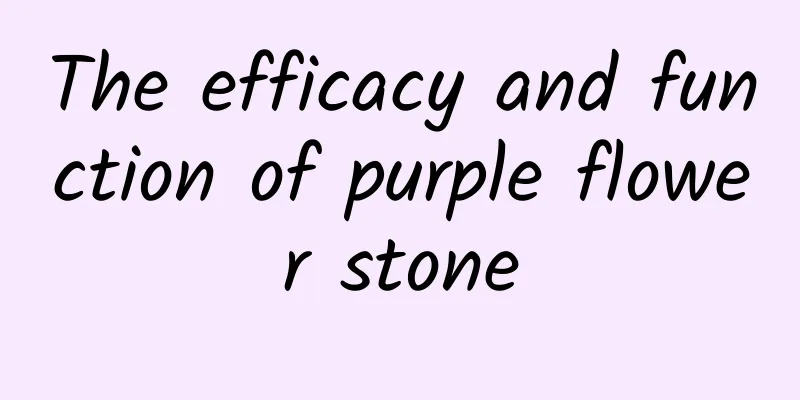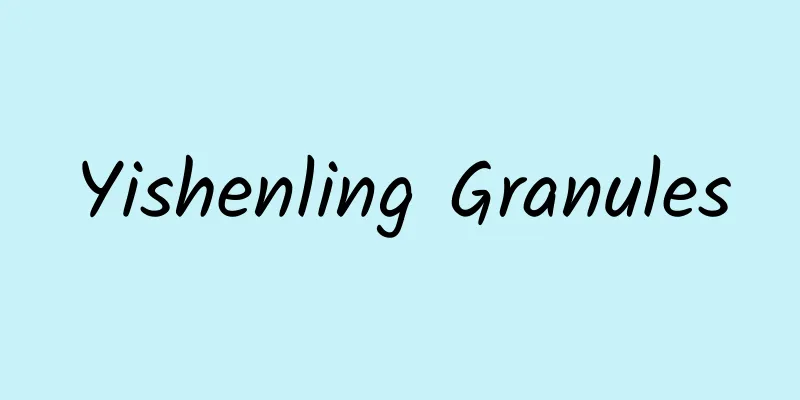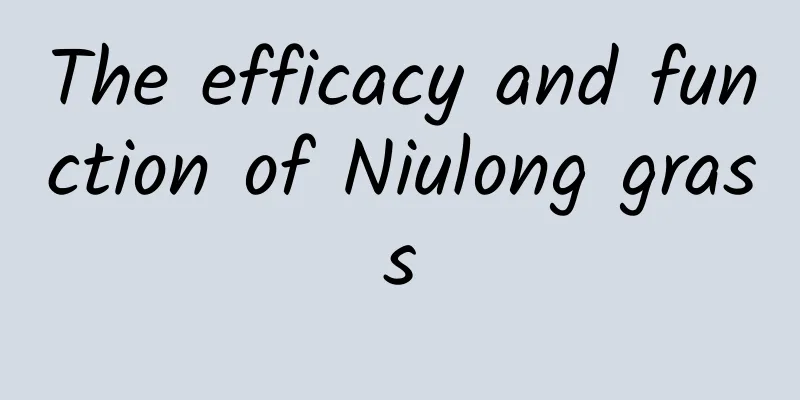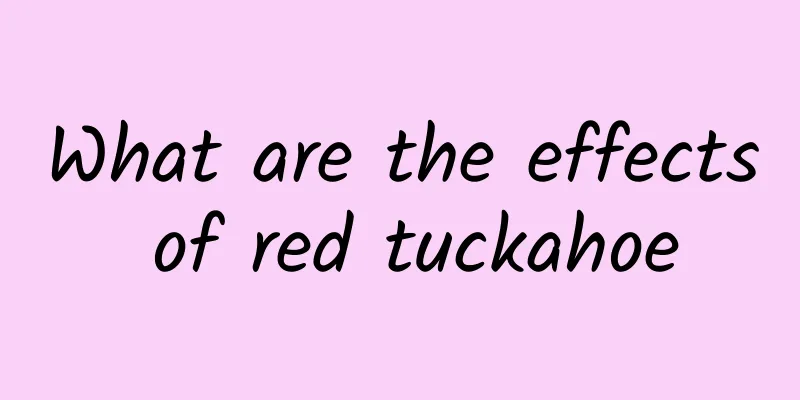What are the traditional Chinese medicines for treating schizophrenia?

|
Treatment of schizophrenia must be carried out in a timely manner to reduce the number of patients with this mental illness and the various harms caused to the people around them as much as possible. Traditional Chinese medicine is also relatively effective in treating schizophrenia, but attention should be paid to the correct traditional Chinese medicine treatment formula. 1. Realite and Amber Decoction: 30 grams of realite, 4 grams of amber powder (divided into two), 1 gram of cinnabar powder (divided into two), 10 grams of Scutellaria baicalensis, 30 grams of magnetite, 10 grams of rhubarb, and 6 grams of agarwood. Take it in decoction, 1 dose per day. Take amber powder and cinnabar powder in 2 doses. Clears away heat, dredges the bowels, eliminates phlegm and soothes the mind. This prescription is suitable for various types of schizophrenia. 2. Polygala, Jujube and Poria Soup: 100 grams of fried Polygala, 80 grams of fried jujube kernels, 120 grams of Poria, and 12 grams of cinnabar powder. Grind the above medicines into powder, mix well, make into pills with honey, take 6g each time, twice a day. This prescription is suitable for people with schizophrenia who are in a trance, stupid, and incoherent. 3. Qingshen Zhenjing Decoction: 12g of Pinellia ternata, 15g of Poria cocos, 10g of roasted Licorice root, 30g of Semen Cassiae, 10g of Acorus calamus, 10g of Curcuma aromatica, 10g of Rhubarb (added last), 6g of Coptis chinensis, and 10g of processed Arisaema. This prescription is suitable for various types of schizophrenia and manic patients. 4. Correctly understand the disease, support patients to actively treat, treat as early as possible and maintain long-term treatment to achieve long-term stability of the disease; 5. Encourage them to actively participate in social activities in order to reduce or prevent the occurrence of disability. During this process, give more encouragement and affirmation to the patient, and work with the patient to set realistic goals based on the patient's ability, and do not rush things; 6. Learn disease knowledge and treatment knowledge, help patients observe their condition, respond to changes in their condition in a timely manner, adopt correct response strategies, and avoid harm to themselves and others; |
<<: What are the methods of treating insomnia with traditional Chinese medicine?
>>: What are the effects and functions of Japanese knotweed?
Recommend
The efficacy and function of the leaves of the hanging pen
Speaking of the leaves of the Chinese hollyhock, ...
How to distinguish between real and fake wolfberries
I believe everyone is familiar with wolfberries. ...
Looking back at the "era" of quantum computing, how did we "weave" the wonderful digital world?
From Turing's original idea to modern microch...
The first cosmic velocity is 7.9 kilometers per second. Can we reach this speed to leave the earth? No
The first cosmic velocity is 7.9 kilometers per s...
The patron saint of health is actually this "flowerless" fruit
Fig is a plant that can be used as both fruit and...
Do I need to wash the deer antler slices?
We all know that deer antlers contain nutrients a...
What are the effects of Panax notoginseng
With the continuous improvement of living standar...
How to distinguish the authenticity of Poria cocos
Poria cocos can be used for skin care and as medi...
The efficacy and function of the long-handled red cart
Friends who don’t know about the long-handled red...
He built bridges to build the country and blew up bridges to save the country. He believed that "there is no bridge that cannot be built"
On the road of scientific exploration, countless ...
What are the benefits of licorice and tangerine peel soup
Maybe none of us have ever drunk some licorice an...
Foxes caught fish in the wild for the first time, and the reason behind it is heartwarming
The red fox (Vulpes vulpes) was stunned. Less tha...
The world's largest Deinonychus footprint was discovered in Fujian! What kind of dragon is Deinonychus?
The feathered, sickle-shaped claws Did giant dino...
The efficacy and function of Polygonum multiflorum
After thousands of years of sedimentation and acc...
If you don’t want to suffer from osteoporosis when you get old, I advise you to eat more of these 5 foods, especially women!
Osteoporosis is an invisible killer that can slow...









